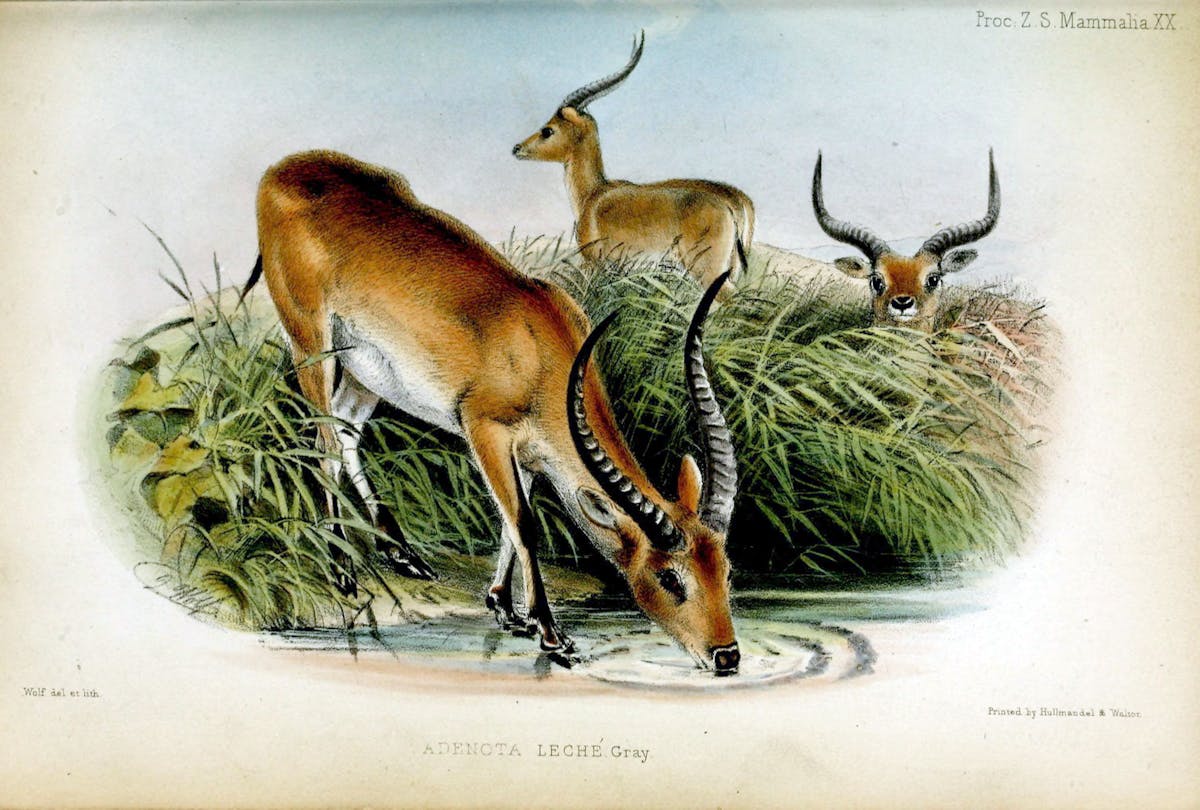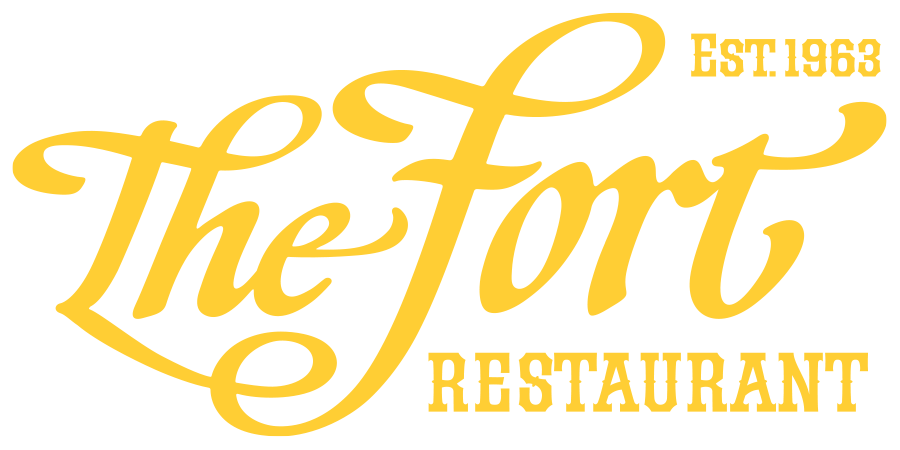Strange Eats of the Old West

(Excerpted from Sam Arnold’s “Eating Up the Santa Fe Trail.”)
As the mountain men commonly said, “Meat’s meat, howsomever [sic] what kind, as long as it’s meat!” Learn more about the rather interesting types of meat consumed by fur traders and trappers, mountain men, travelers and American Indians alike during the mid-19th century.
Buffalo Tongue
Considered a holy meat by the Indians, buffalo tongue was thought by many to be the greatest gourmet delicacy of 19th century America. The intense flavor and fine texture (somewhat like a fine pâté) are superb and far exceed that of beef tongue, which has a coarser quality. Buffalo tongue was served at fine restaurants such as Delmonico’s in New York City, where President Ulysses S. Grant reportedly feasted on the delicacy.
Moose Nose
Both moose and buffalo nose were eaten by American Indians and mountain men. For the French trappers, a moose nose was called a “mouffle,” and it had many fans. Moose nose was traditionally prepared by turning the nose over a steady fire like a giant marshmallow and then boiling it with vinegar and spices to soften and flavor the meat. The resulting taste was similar to a pickled pig’s foot.
Tolling Antelope
Antelope meat tends to be both dry and very lean. On the prairie, hunters would occasionally pursue antelope for something different to eat. Because antelopes are intensely curious, the practice of “tolling” was used. A hunter would hide himself off the side of a hill, and his assistant would appear at the top of another hill, standing on his head and shaking his legs in the air, sometimes with a large handkerchief tied to his ankles. Instead of running away, the fascinated antelope would approach within rifle range and the hidden hunter would take his shot. Marcellus St. Vrain, brother of Bent’s Fort founding partner Ceran St. Vrain, was noted for his skill in tolling game.
Skunk
In the mid-1840s, Lieutenant James Abert joined multiple expeditions into the west as part of the Corps of Topographical Engineers. During these missions, he kept a diary, which included references to eating skunk, or polecat. Abert wrote, “We found a polecat, Mephitis americana. The French people who were with us caught it and ate it. The odor, however, was too pungent to suit everyone’s olfactories.”
Wild Birds and Fish by the Arkansas
Susan Magoffin, the wife of a fur trader who traveled the Santa Fe Trail in 1840, noted in her diary, “We have fine grulla (sand cranes) today; they are tender and nice after being boiled nearly all night. The meat is black as pea fowls.”
Hunters at Bent’s Fort also found a myriad of game fowl to put on the table. They hunted native birds such as mourning doves, mallards, blue-wing teal, plovers and killdeer. Have you ever had the opportunity to try a unique meat? We’d love to hear about your experience!
